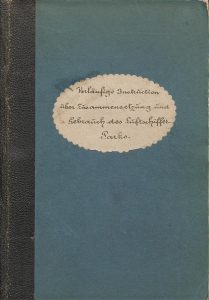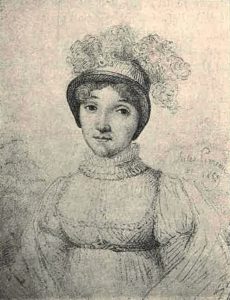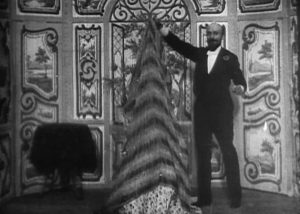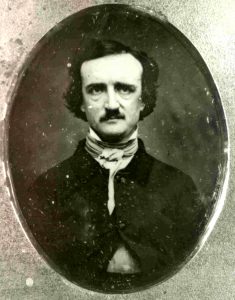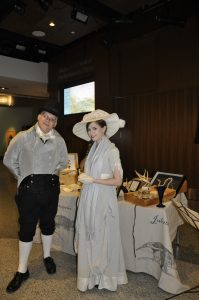
The term “Natural Philosopher” was common in the early 19th century for someone who studied nature and the physical universe. It was not until the mid-19th century onward that the term scientist becoming more popular. Natural philosophers often pursued a wide variety of both scientific and artistic interests and offer a colorful glimpse into the world they inhabited.

